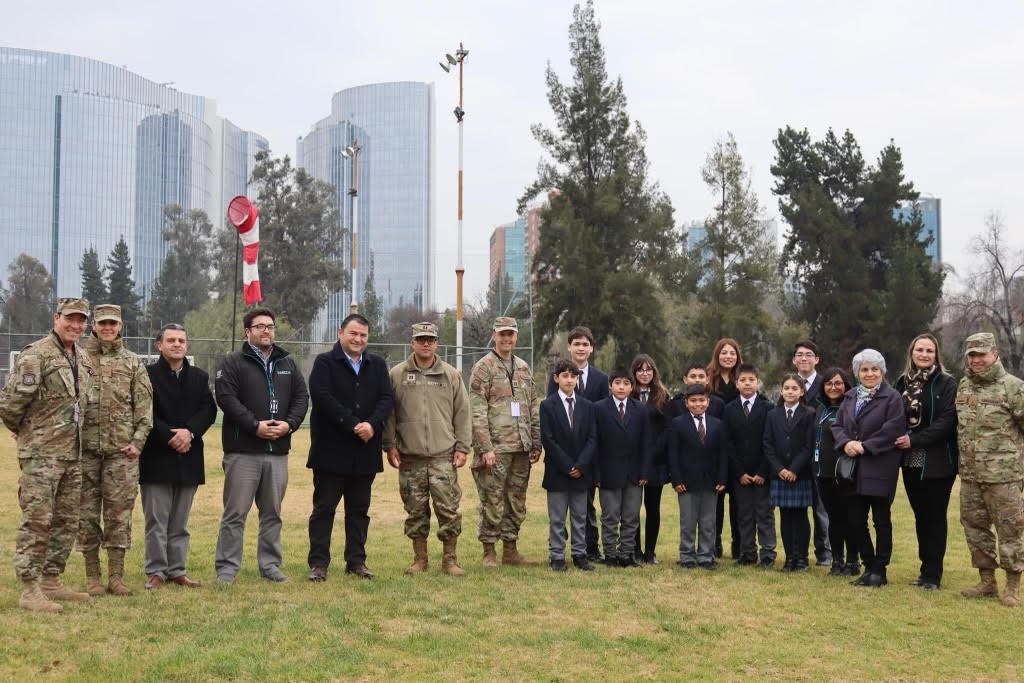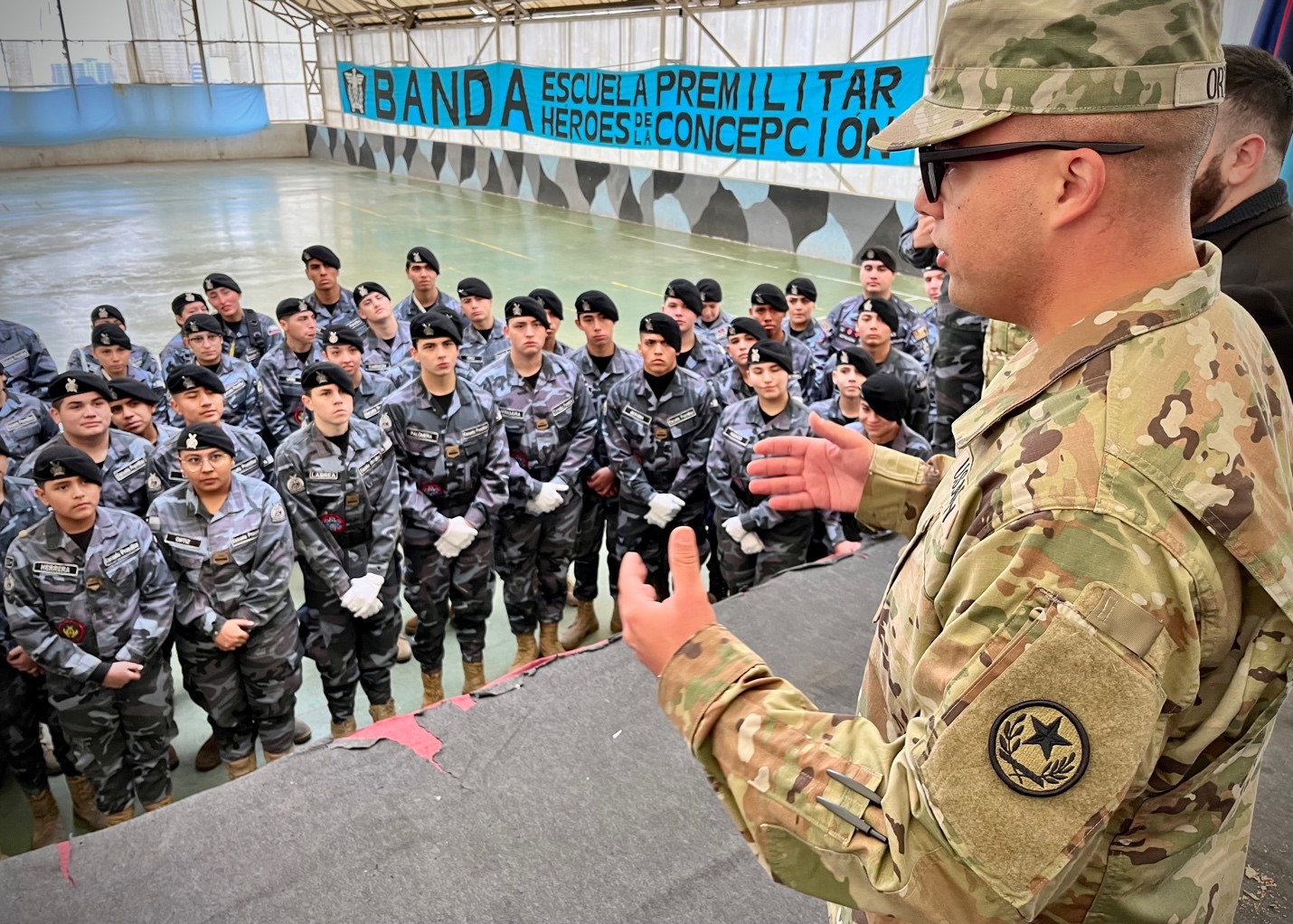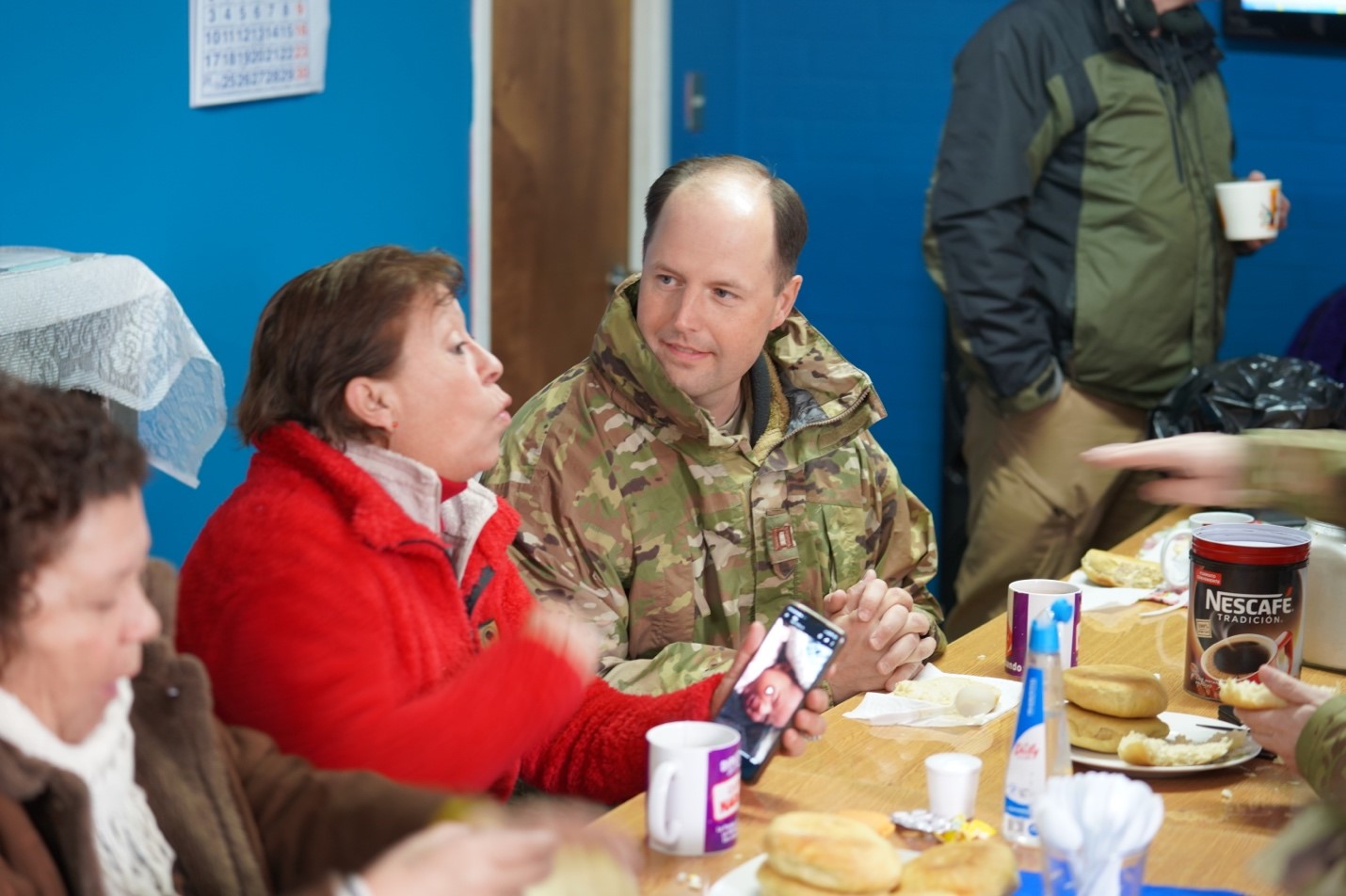
Santiago, Chile –Texas Air National Guard Capt. Phil Fountain and Texas Army National Guard Capt. Michael Ortiz refreshed valuable relationships and continued building bonds between the two countries through a successful Subject Matter Expert Exchange, July 12, 2023, in Chile as part of the National Guard’s State Partnership Program with the Chilean Joint Staff.
The collaboration took place to increase awareness of the Chilean Army’s role of providing security and protection, build trust between the Chilean Army and citizens, and develop positive relationships between Texas National Guard and the Chilean military.
“The State Partnership Program provides a unique opportunity to share best practices,” said Capt. Phil Fountain. “Being in Chile has been a great experience to understand how they conduct public affairs operations and community relations activities. I had the opportunity to be here last year and meet our public affairs counterparts, and this year we have further strengthened our relationship and mutual understanding.”
During their time in Chile, the Texas National Guard Public Affairs team joined the Chilean Army’s Public Affairs team's historic Route 77 initiative, which commemorated the Battle of La Concepción. The team visited the Museo Historial y Militar de Chile where they learned more about the Chilean Military’s history as part of the Student Day Program. The visit by students from Escuela Premilitary Heroes de la Concepción to the museum served to highlight the importance of educating the youth of Chile about their country's history.
The Texas National Guard was also part of a community outreach effort in the commune of La Pintana, where the Chilean Army showcased its military police K-9 unit, an Army band played music for the children, and local health organizations provided information on vaccines and other services for the community. The team was interviewed by Chilean journalists, and the success of the outreach demonstrated the positive impact of the multi-national efforts to connect with the local community. 
“The Chileans have been gracious, welcoming, and very supportive of the exchange,” said Fountain. “We went into local communities and learned how the Chilean army connects with the citizenry, from participating in public health events to engaging with local schools and connecting people together through their museums of history.”
The Texas National Guard’s participation in the SMEE supports the U.S. Southern Command’s strategic goal of strengthening partnerships with countries in the region. Through their participation, Texas National Guard personnel can share their expertise and best practices in public affairs with the Chilean military, underscoring the importance of communication and collaboration to successfully accomplish the mission.
This exchange was also part of an ongoing effort in the SPP, which seeks to improve each nation’s ability to remain highly adaptive to changing security and geopolitical conditions. The SPP provides professional military education and training opportunities that facilitate collaboration and foster enduring relationships.
“The State Partnership exchanges are a high note of my career,” Capt. Phil Fountain said. “I look forward to the opportunity to return to Chile and to, someday, welcome our partners to Texas.”
The Texas National Guard personnel continues to work closely with their partners to maintain and strengthen relationships and the bond between the organizations. The SPP and the SMEE program are an important part of Texas National Guard’s mission to serve the citizens of Texas and the people of the world.
